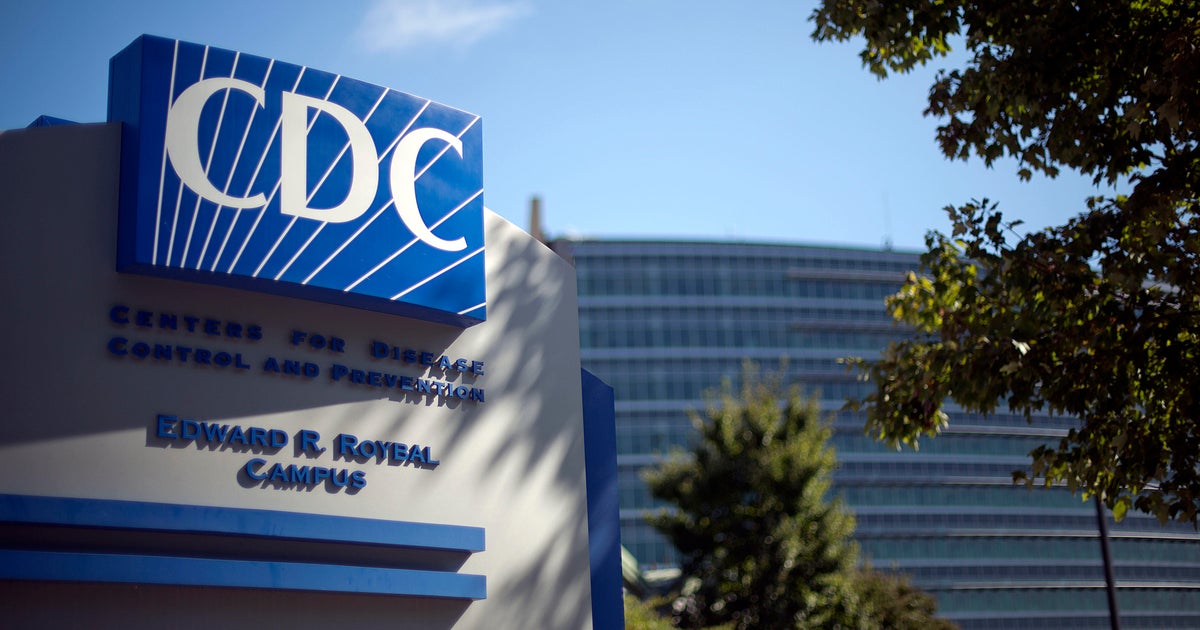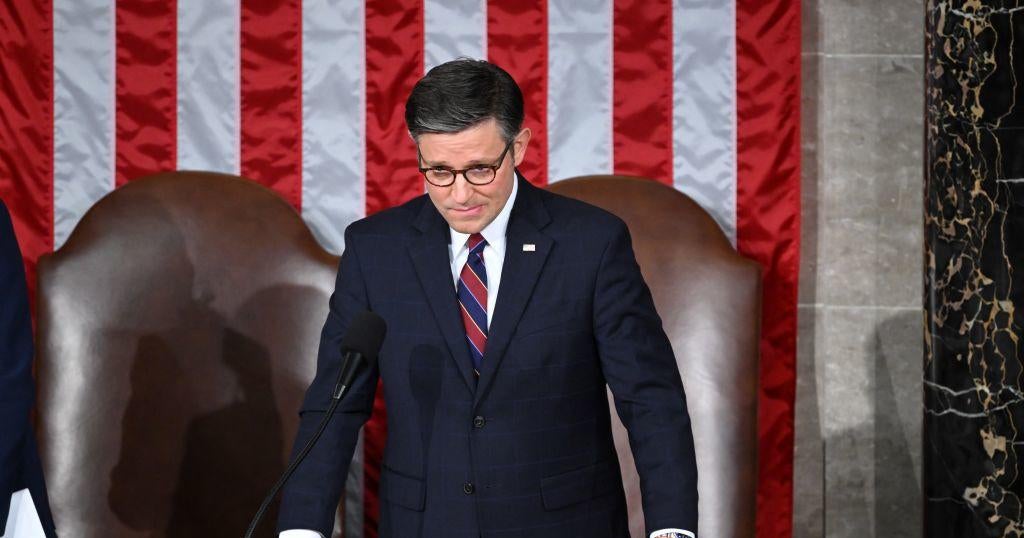USS Theodore Roosevelt captain calls for immediate removal of sailors over coronavirus outbreak
Washington — The captain of the aircraft carrier USS Theodore Roosevelt sent an urgent memo to the Navy on Monday asking for help in addressing the spread of the coronavirus among his ship's crew. Captain Brett Crozier wrote that "[d]ecisive action is required now" to comply with Centers for Disease Control and Prevention (CDC) guidelines and "prevent tragic outcomes."
In a four-page unaddressed letter, Crozier suggested most of the 4,000 crew members should be removed from the ship and put into 14-day individual quarantines, in keeping with the CDC's recommended guidelines for preventing infection. Ten percent would stay onboard to sanitize the carrier and run the reactor, which he called a "necessary risk." In peacetime, he argued it was the right thing to do.
"We are not at war. Sailors do not need to die," he wrote. "If we do not act now, we are failing to take care of our most trusted asset — our Sailors."
The commander of the Pacific Fleet, Admiral John Aquilino, told reporters Tuesday night that it is "impossible" to take all the sailors off the ship because a residual force needs to stay on at all times to monitor the nuclear reactors and be prepared to fight fires or deal with other accidents on the ship. which is loaded with aircraft, fuel and weapons. The crew will be rotated off into quarantine or isolation depending on the results of a coronavirus test. He said it will not happen at the pace the captain wants, in part because of the problem of finding isolation quarters on Guam, where the ship is currently docked.
A defense official told CBS News that the number of people on the Roosevelt who had tested positive for the coronavirus was "in the high 70s" as of Tuesday morning, a figure that has likely increased. Aquilino would not confirm how many sailors tested positive for coronavirus, but said there were no sailors currently in the hospital.
The first sailor tested positive 15 days after a port call in Danang, Vietnam. Aquilino defended the decision to go through with that port call saying that at the time, World Health Organization data showed a total of 16 cases of coronavirus in Vietnam. All the cases were in the Hanoi area (north of Danang) and no new cases had been reported within 20 days. Aircraft flew on and off the carrier in the days after the port call, so the virus could have been brought aboard from somewhere other than Vietnam.
He ended his remarks to reporters insisting "the carrier is able to execute its mission today if need be in time of crisis."
In the letter, which was first reported by the San Francisco Chronicle, Crozier told the Navy that the close quarters on the warship mean that sailors cannot follow proper guidelines for quarantine and social distancing.
"The spread of the disease is ongoing and accelerating," he wrote.
He pointed out the inherent limitations of tests for the virus, which he said cannot definitively prove someone isn't carrying it. Crozier said that of the 33 sailors first diagnosed with COVID-19, seven tested negative, but within three days were showing symptoms of infection. Those sailors, he pointed out, would end up infecting other sailors because they were reintegrated into group quarantine sites after initially testing negative.
When the first sailors tested positive last week, the immediate suspect was a highly publicized port call the Roosevelt had made in Danang, Vietnam, 15 days before the first positive test, the chief of Naval Operations said last week in a briefing with reporters. When the Navy made the decision to let the Roosevelt go ahead with the port call, there were 16 reported cases of COVID-19 in Vietnam, all of them north of Hanoi, which is north of Danang. Whether that port call is the culprit is a matter of debate, since people were flying off and onto the carrier after it left port.
Crozier identified the elements onboard and in on-shore accommodations that pose a COVID-19 threat to sailors: their confined quarters and workspaces, open berthing, shared meals with large numbers of crew, consistent close contact and movement around the ship that requires close contact with people who have been exposed to the virus.
With increased cleaning and the removal of some — but not most — sailors from the ship, Crozier said they could only slow the spread of the virus, not eradicate it.
Read the letter here
Reporting by David Martin.




